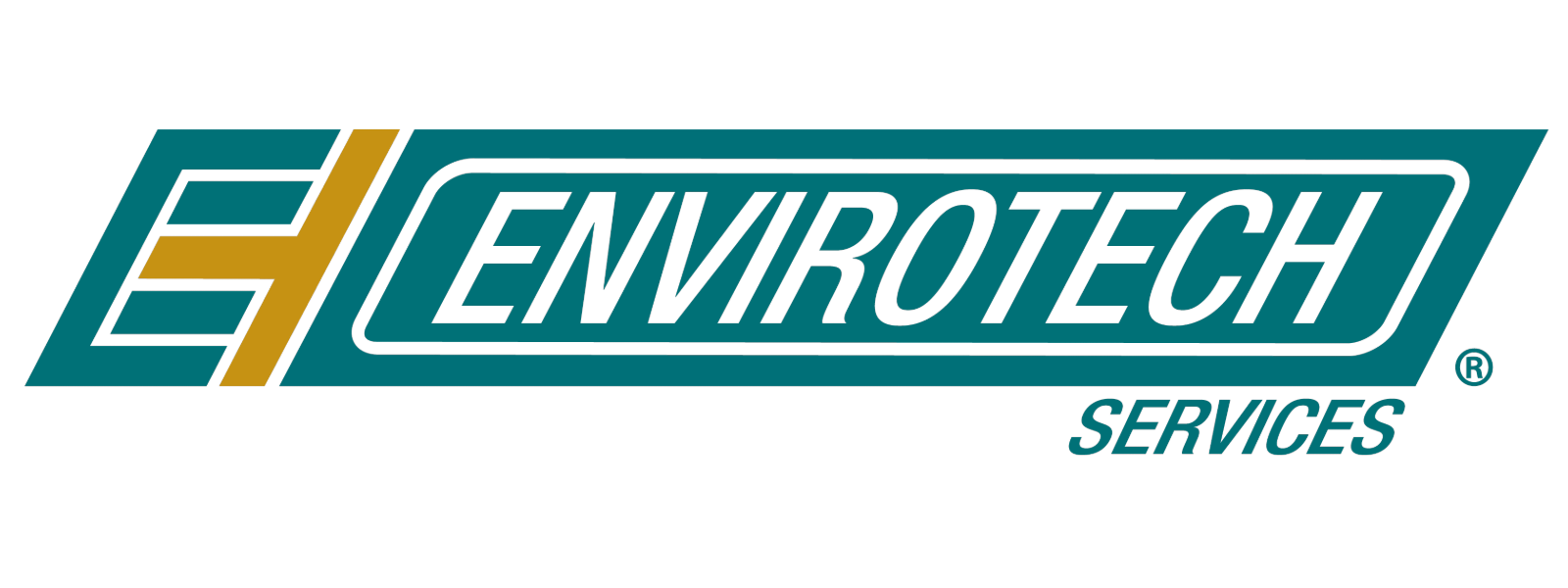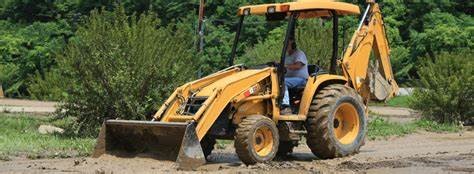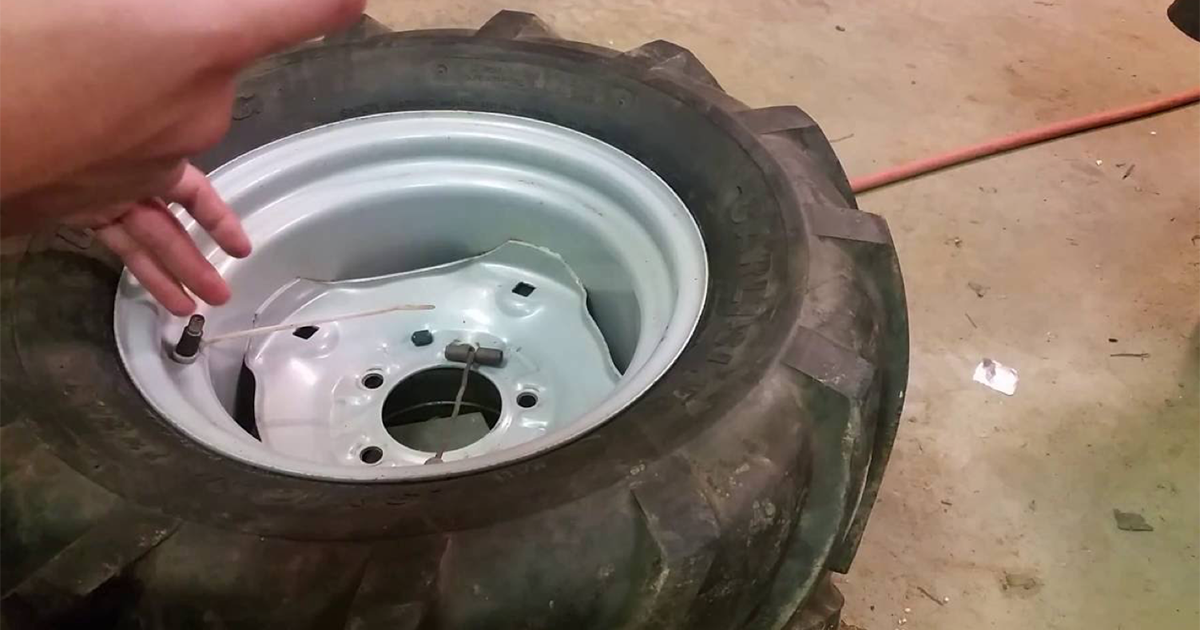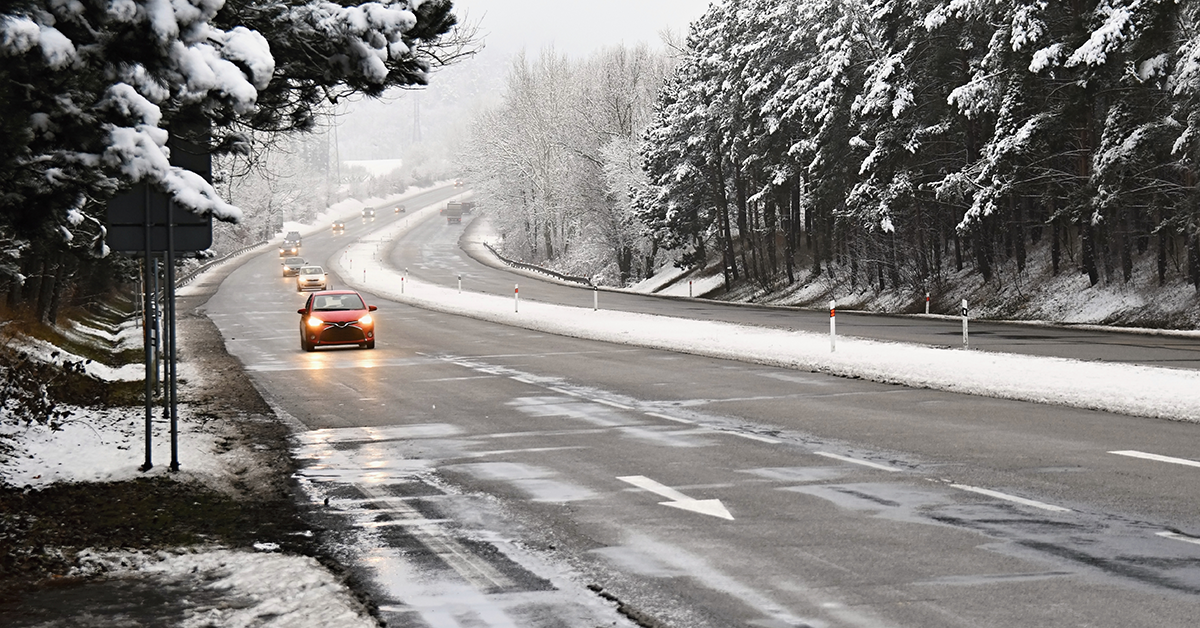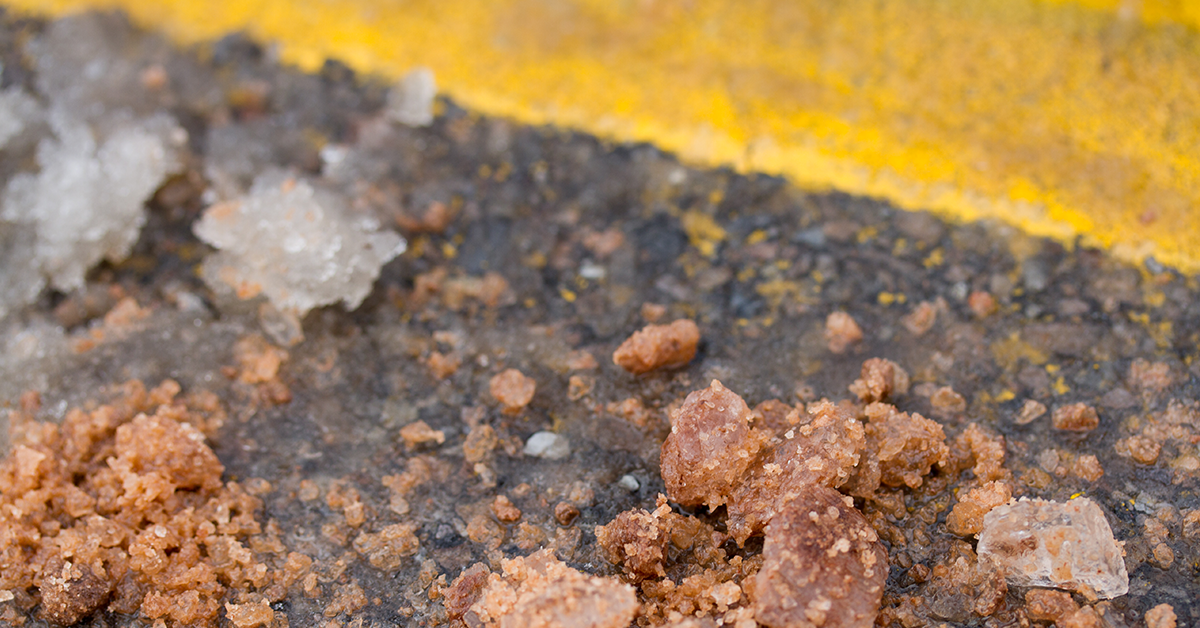As a site or project manager, you are always looking to maximize efficiency. When it comes to selecting dust control, it can be hard to find a product that is suited to your site requirements, stay within budget, and aligned with the strategic goals of the operation.
Calcium chloride (CaCl2) and magnesium chloride (MgCl2) have been used interchangeably for dust control in order to accommodate pricing and availability, reduce decision time, and simplify the buying process. The tendency to substitute magnesium for calcium chloride, or vice-versa, is exacerbated if you have limited access to supply stores.
